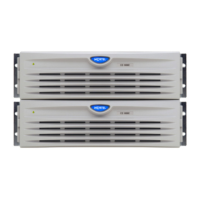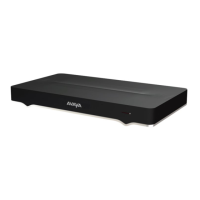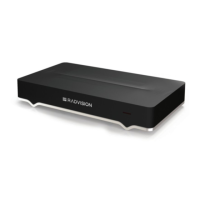ISDN BRI Special Hunting
ISDN BRI Special Hunting allows a call encountering a destination that has a call in progress
to be automatically routed to a different destination in a hunt chain. Hunting continues along a
predetermined sequence of DNs in a hunting group until an idle ISDN BRI or non-ISDN BRI
terminal DN is found or until the maximum number of hunt steps is exhausted. Use LD 27 to
define the hunting DNs in the DSL. See "DSL configuration procedures" in Avaya ISDN Basic
Rate Interface Feature Fundamentals (NN43001-580).
Special hunting for ISDN BRI supports calls terminating at an ISDN BRI terminal. This feature
is activated when a call terminating at a DSL encounters a busy condition and if hunting is
enabled. Internal and external hunt DNs can be specified when configuring the DSL.
A busy condition occurs:
• if the maximum number of calls on a DSL exceeds the specified limit of calls on a DSL
including active, calls held, calls waiting, and calls in progression (as configured on LD
27), or
• if the total number of calls including active, calls held, calls waiting, and calls in progress
exceeds the number of channels configured to handle the incoming call type.
If the call limit on a DSL is not exceeded, an incoming call is presented to the DSL interface
as a call waiting call. If Hunting is enabled, the call will be hunted.
Use LD 27 to enable or disable Hunting when configuring the TSP for the ISDN BRI terminal
DN. See "TSP configuration procedures" in Avaya ISDN Basic Rate Interface Feature
Fundamentals (NN43001-580).
Perform a hunting test
1. Set the FEAT parameter to HTA to enable hunting for two voice ISDN BRI terminals.
Use LD 27 to specify this parameter when configuring the TSP. See "TSP
configuration procedures" in Avaya ISDN Basic Rate Interface Feature
Fundamentals (NN43001-580).
2. Use LD 27 to specify the HUNT parameter DNs when configuring the DSL. These
hunt parameter DNs specify the members of a hunting chain. See "DSL
configuration procedures" in Avaya ISDN Basic Rate Interface Feature
Fundamentals (NN43001-580).
3. Place two calls, one for each voice ISDN BRI terminal, on a DSL to create a DSL
busy condition.
4. Place a voice call to one of the busy ISDN BRI terminals with hunting enabled. Since
the channel type required to handle the incoming call type is busy, hunting is
automatically invoked to find an idle DN in the hunting chain.
The following can occur:
• If the call finds an idle voice ISDN BRI or non-ISDN BRI terminal, it will ring
that terminal.
Testing ISDN BRI functions
88 ISDN Basic Rate Interface Installation and Commissioning March 2011

